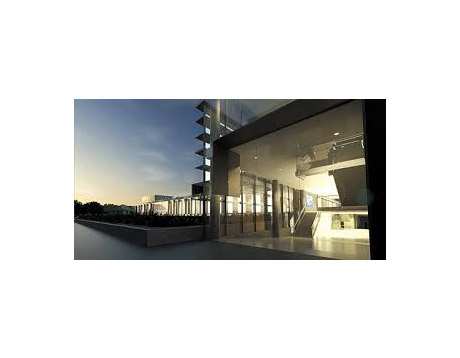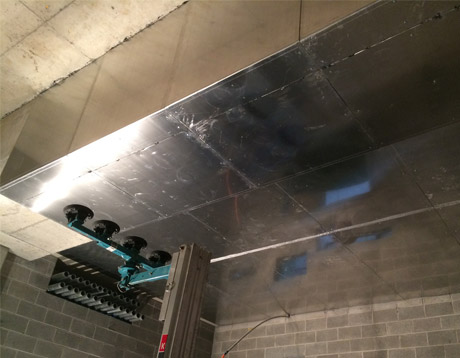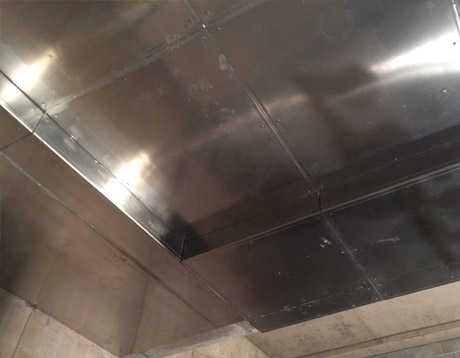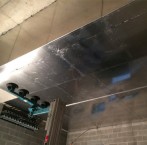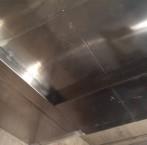Australian Institute for NanoScience:
Australian Institute for NanoScience:
Designed by Architectus and Constructed by Lend Lease-Sydney, the 10,500 square-meter, $110 Million dollar structure known as the Australian Institute for NanoScience, or AIN, was designed to support nanoscience and nanoscale research in three focus areas, medical diagnostics, communication and astronomy. The AIN facility is a mixed use design, supporting highly specialized laboratory, cleanroom functions, teaching spaces, and research / support staff offices. Because of the specialized research and tool sets required to support the universities research endeavor, the design team located most of the specialized laboratories on grade level, with the most sensitive instrument environments being located in a sub-terrain section of the facility.
FMS was engaged by the design team to provide EMF / EMI Consultant Services. During the course of the project, FMS scope involved a site assessment, multiple design stage analyses, and facility commissioning testing. Both site and internal interference issues – DC, AC and RF – were identified throughout the various design stages. To address some of the potential DC and AC ELF magnetic field concerns, FMS performed several computer modeling assessment of the power distribution systems design, and facility elevators, both of which have the potential to affect the TEM & SEM microscopes E-beam lithography tools and some of the other optical tools sets. The facility had several pre-established EMI threshold specification ranging from 0.1 mG P-P to 3mG P-P, depending on the research programs. Electromagnetic compatibility assessments also included evaluation to ensure tool to tool interaction could be avoided between the various instrument sets. Utilizing the extensive computer simulation models, FMS developed both passive and active mitigation strategies for the various AIN facility research programs, However, the most novel mitigation strategy for the AIN facility involved the design of the elevators, which included the first of its kind non-ferrous counterweights, with minimal ferrous car structure. The measured result showed a greater than 2 to 1 reduction in the geomagnetic field perturbations, and thus achieved the EMI requirements in the adjacent laboratories.
During commissioning of the building in 2015, FMS conducted extensive measurements throughout the building’s lab spaces and Imaging Suites, to make certain that all mitigation measures had fully reduced ambient EMF conditions to AIN facility requirements (0.1 mG P-P to 3 mG P-P). All environments achieved the required specifications.

Over its 20 years, FMS has successfully completed hundreds of EMI projects which included a diverse range of consulting and mitigation services.
Take a look at a list of the markets we serve »
